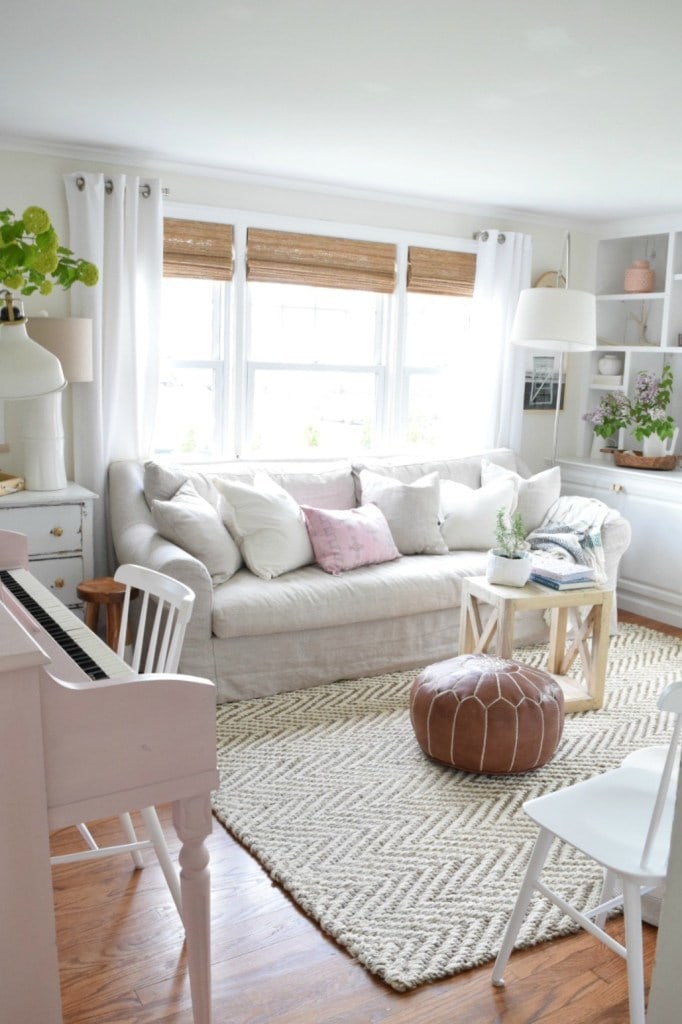

The Park Service told me it needs to keep the barriers up at Lafayette Square to assess damage from the protests, damage that by now is two months old.

Beyond that, you could just make out the White House. Clark Mills’ statue of Andrew Jackson reared absurdly in the distance, surrounded by even more fencing. Looking through it, you could see several rows of barricades in places-Jersey barriers, bollards, more bicycle-rack fencing-vestiges of the protests. The high fence that blocked access to Lafayette Square Park was decorated with photographs of people killed by police and anti-Trump slogans. Now, in the brain-melting heat of late July, the plaza was mostly empty, save for the odd group of people wearing lanyards one day and a few others posing in front of Mayor Bowser’s “Black Lives Matter” mural on another.
#Time cover wall white house tv
The space, which starts at 16th and H streets, Northwest, was exponentially quieter than it was in mid-June, when it was packed with street performers, protesters, families, live-streamers, TV reporters from foreign outlets, and vendors lining the sidewalks. I started my walks both times from Black Lives Matter Plaza, near the spot where authorities tear-gassed protesters on June 1 so President Trump could execute a bizarre photo op in front of St. After 9/11, even pedestrian traffic was cut off for three years, a time when Washington City Paper dubbed the District “Jersey Barrier City.” In fact, when the current fence-raising effort began, advocates said it would enable them to take down these sort of improvised barriers that keep people away from the property line. After the 1995 Oklahoma City bombing during Bill Clinton’s presidency, Pennsylvania Avenue, which used to be a thoroughfare crowded with cars and busses, was turned into a pedestrian mall between 15th and 17th streets. In the age of terrorism, the building became much more difficult to approach. But even after two world wars, the grounds were often breached-notably in 1974 by an Army private in a stolen helicopter who touched down on the South Lawn before losing a dogfight with Maryland State Police by the Washington Monument. Security was gradually hardened as the republic turned into a superpower. In 1841, a drunk threw stones at President John Tyler while he perambulated the South Grounds. Presidents used to greet visitors in the East Room every day at lunchtime.

Thomas Jefferson was aghast at the idea that the President might live in anything resembling a palace, and for years the building and its grounds were startlingly open. The story of the White House cutting itself off from the surrounding city is nearly as old as the United States, and spans all parties. The Secret Service closed the sidewalk along E Street in 2017, so you have to trek through a maze of “bicycle rack” barriers and police tape in the Ellipse to see even that. Meanwhile, a long-planned project to replace the White House fence with a higher one has recently occasioned a large white-painted wooden wall along the south side of the complex, which means the closest view most people can get of the “People’s House” is part of its top floor. Access to the pedestrian mall on Pennsylvania Avenue has been cut off since the first night of the protests that followed George Floyd’s death, and even though the protesters have gone, it will remain cut off at least for the rest of the summer. So it now took about 45 minutes.Īnd the place remains a fortification-construction site. By the time I came back for a second lap a few days later, a previously open pedestrian path in the Ellipse had been closed off. The first time, when I merely had to navigate the barriers that went up after the protests following the George Floyd killing, it took me a little more than a half-hour.

Last week, I walked around the White House twice.


 0 kommentar(er)
0 kommentar(er)
